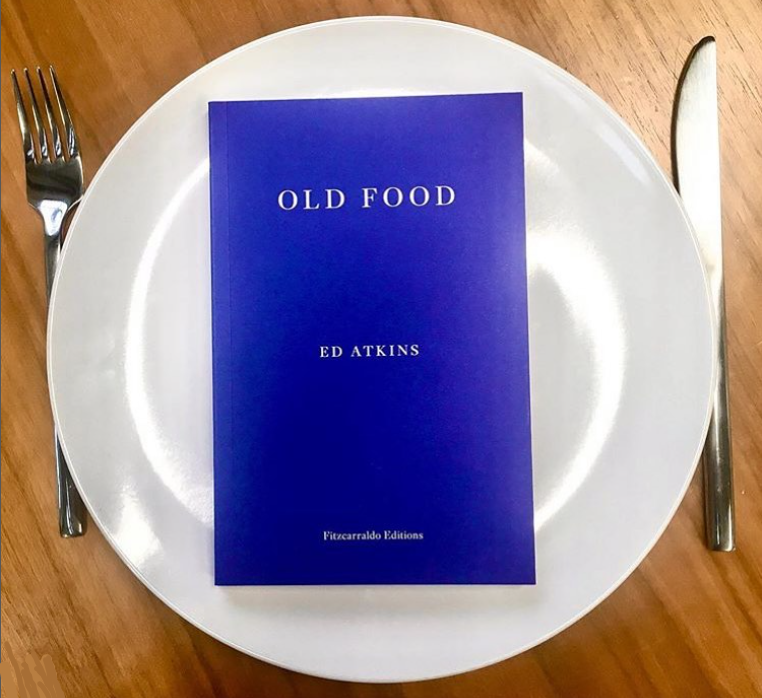Can Stay,” which premiered at the Venice Biennale. This article explores the intriguing intersection of film and contemporary art, delving into the ways in which cinema has influenced and shaped the artistic landscape of today.
Cinema, with its captivating visuals, powerful narratives, and ability to evoke emotions, has long captivated audiences around the world. From the early silent films to the revolutionary talkies, and now to the digital era, movies have played a significant role in shaping our collective imagination and cultural consciousness.
However, in recent years, a fascinating evolution has taken place. Contemporary artists have begun to incorporate elements of cinema into their works, blurring the boundaries between the two disciplines. This fusion of art forms has given rise to a new wave of exciting and thought-provoking creations, challenging traditional notions of both film and art.
In the contemporary art world, video installations have become increasingly prominent, transforming gallery spaces into immersive cinematic experiences. Artists like Ed Atkins, known for his bold and visually stunning works, push the limits of technology to create hyperrealistic digital environments that echo the language of film. His collaborations with renowned actors like Toby Jones have further elevated the intersection of cinema and contemporary art, blurring the lines between reality and fiction.
This convergence of film and art is not entirely new. Throughout history, artists like Salvador Dalí and Luis Buñuel dabbled in the realm of cinema, crafting surreal narratives that challenged conventional storytelling techniques. The avant-garde movements of the early 20th century, such as Dadaism and Surrealism, also experimented with film as an artistic medium, pushing boundaries and exploring new modes of expression.
As we navigate the digital age, the influence of cinema on contemporary art continues to expand. Artists harness the power of moving images to engage with social, political, and cultural issues in ways that resonate with audiences on a profound level. By combining the visual language of cinema with the conceptual depth of contemporary art, they create works that stimulate both our senses and our intellect.
In this article, we will delve into the world of cinema-inspired contemporary art, exploring the works of artists like Ed Atkins and the impact of film on their creative process. We will examine how these artists challenge traditional notions of narrative and exhibition, blur the boundaries between reality and fiction, and explore new possibilities in the fusion of film and art.
Through this exploration, we aim to shed light on the rich tapestry of influences and inspirations that shape the world of contemporary art today. By examining the intersections between cinema and art, we hope to uncover the profound and transformative power of both mediums, as well as the endless possibilities that arise when they merge.
Join us on this journey into the captivating realm of cinema-inspired contemporary art, where boundaries are broken, narratives unfold in unexpected ways, and the power of visual storytelling takes center stage.
